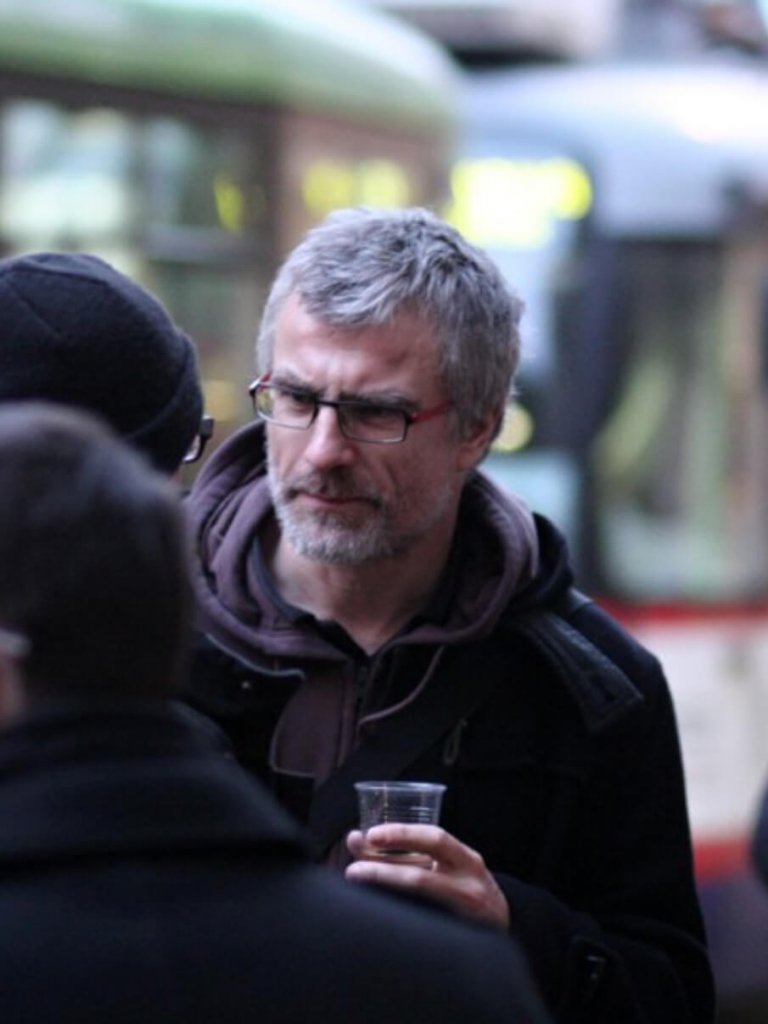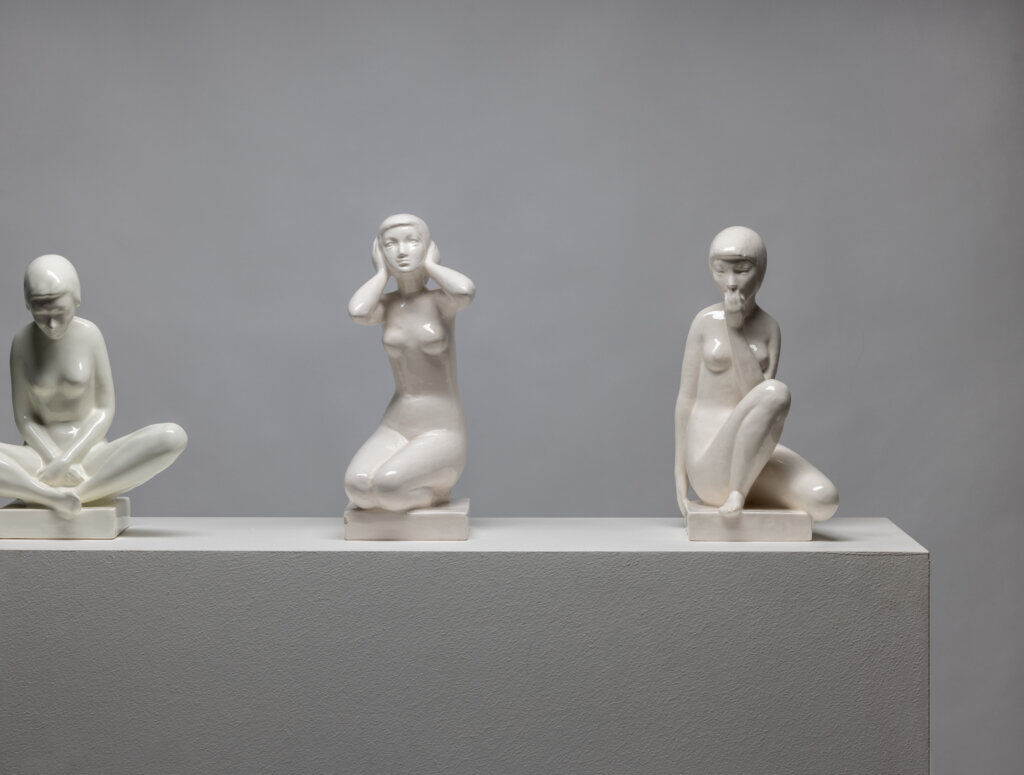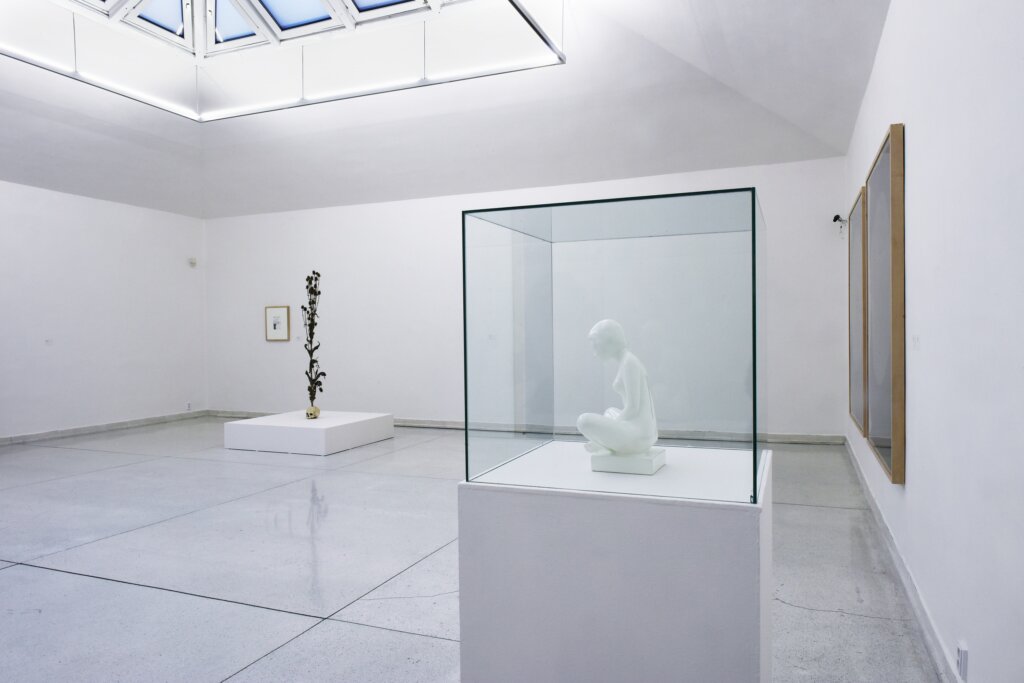* 1968, Czech Republic
education: Palacký University Olomouc, Brno University of Technology
lives and works in Olomouc
Martin Horák entered the art scene as a curator of contemporary art, which is evident in his work. His art is a conceptual mosaic of brilliant observations on life with art. His primary theme is art itself, including all its layers and strategies, even though at first glance, the artist himself seems to be at the centre of his work. He explores his identity as an artist, a middle-aged white man, a father, and a resident of a regional metropolis. However, self-monumentalisation is primarily a personal contribution and projection into his own work. On closer inspection, he connects the personal with the universal, irony with critique, nostalgia with current relevance, and DIY with professionalism. In his works, joy ultimately prevails, perhaps somewhat surprisingly. This joy stems from both cracking the code (as Horák doesn’t give away answers easily, he wants viewers to think deeply about the works) and the art itself, which isn’t afraid to ask questions.
Mizaru, Kikazaru, Iwazaru, Šizaru, 2015–2024
The Three Wise Monkeys orobably need no introduction. One covers its eyes (Mizaru), another covers its ears (Kikazaru), and the third covers its mouth (Iwazaru). What is less well-known is the fourth monkey, Shizaru, which covers its genital area or belly. This concept complements “see no evil, hear no evil, speak no evil” with “do no evil”. Interpretations vary, not only between East and West. For instance, Shizaru can be read as “do no evil” or “do not resist evil”, which is not a minor nuance.
Horák, of course, does not exhibit the four monkeys. He offers somewhat more enticing bearers of Eastern wisdom. The bearers of these gestures are female nudes – small ceramic statues with a distinctive white glaze. They might seem familiar, perhaps from a shelf, bookcase, or cabinet. Older viewers may recognise them from a living room, while younger ones may recall seeing them in a trendy café. For some, they are now antiques, but they are not examples of high art; rather, they are pieces the middle class could afford a few decades ago. Horák witnessed the peak of these decorations and has also seen their second life, with growing interest in those that didn’t end up in the bin. The nostalgia and fetishisation of artefacts from Husák’s 3+1 era are disrupted by Eastern moral messages. Or is it more provocative to replace monkeys with women, sexualise the theme, and adapt it to the aesthetic sensibilities of a white man?


